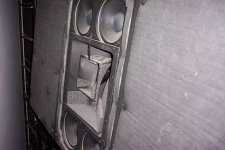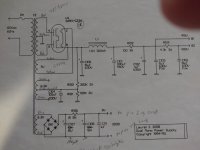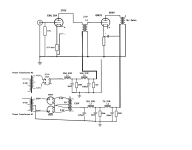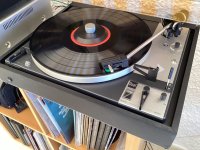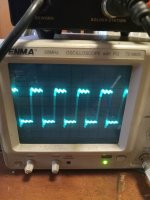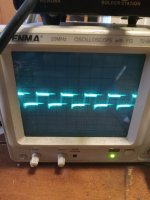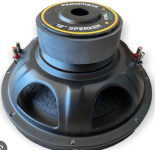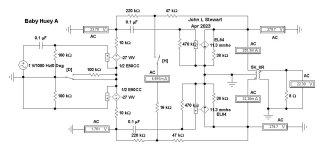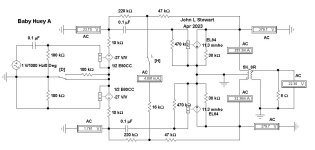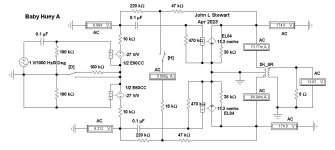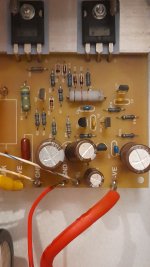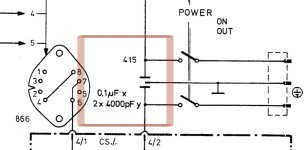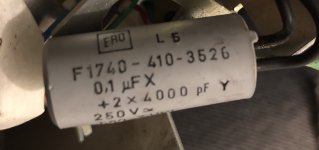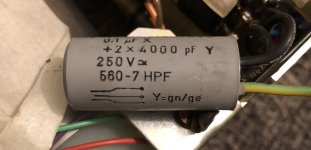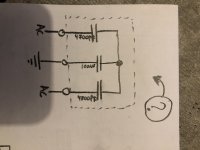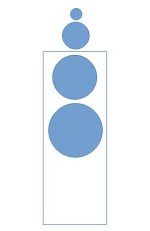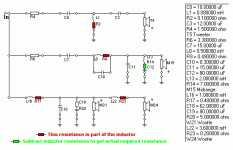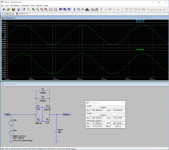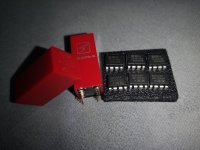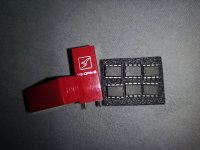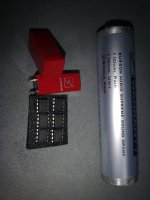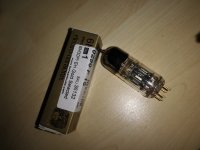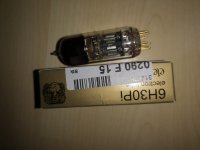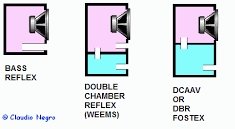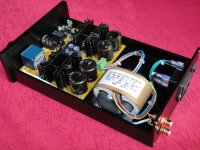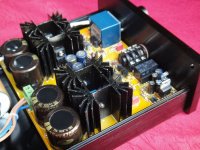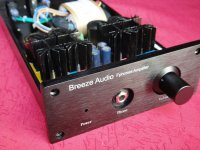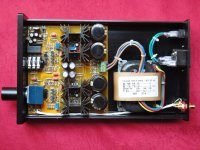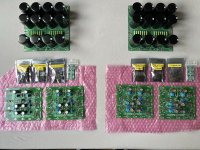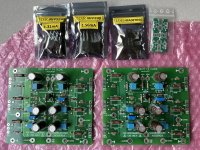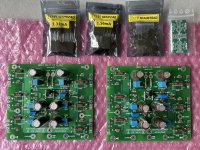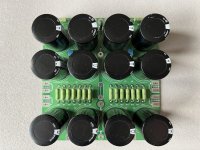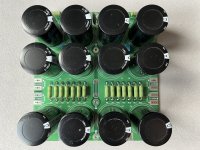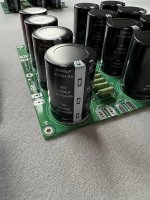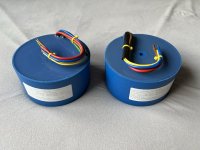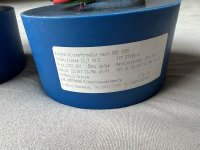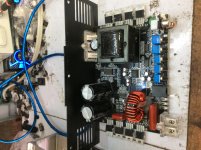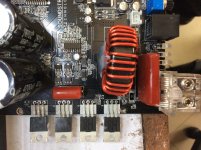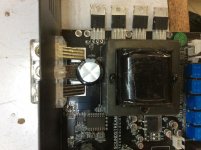A friend who knows Technics very well and has a large collection, helped me with my Technics SU-V8X. It can not set bias, at the outputs, it had high voltage across E CB and my friend said something is wrong on the amp board.
I took out all 24 transistors ( that included the 4 MosFets). The transistors seem to test fine, had some issues with C on Q315/6, however i think that was the micro clips, not making contact, so after 2 more readings C was fine under 800.
I then moved to the MosFets and followed a video online, and i never got OL( open on my meter is 1) readings, just low numbers like 148 158 on my 3.5 digit meter, so i assume they are defective?
Since 2SK117 is discontinued, by chance i went through my spares, and found my spare V4X phono pcb and found 4 2SK170 mosfets (which i hope are fine, as ive stored them in a box over the years).
Specs are very similar , voltage is lower with the 170s, and it actually appears lower noise? I tempted to try them, however will check some resistors first in the path to see if there is any defective. Only difference is VFDS -50v vs - 40v, otherwise pretty close
This might be useful thread for a reference for the parts as well, i hope.
2SK117 Product details
Low Noise Audio Amplifier Applications
• High |Yfs|: |Yfs| = 15 mS (typ.) (VDS= 10 V, VGS= 0)
• High breakdown voltage: VGDS= −50 V
• Low noise: NF = 1.0dB (typ.)
(VDS= 10 V, ID= 0.5 mA, f = 1 kHz, RG= 1 kΩ)
• High input impedance: IGSS= −1 nA (max) (VGS= −30 V)
------------------------------
2SK170 Product details
Low Noise Audio Amplifier Applications
• Recommended for first stages of EQ and M.C. head amplifiers.
• High |Yfs|: |Yfs| = 22 mS (typ.) (VDS = 10 V, VGS = 0, IDSS = 3 mA)
• High breakdown voltage: VGDS = −40 V
• Low noise: En = 0.95 nV/Hz1/2 (typ.) (VDS = 10 V, ID = 1 mA, f = 1 kHz)
• High input impedance: IGSS = −1 nA (max) (VGS = −30 V)
Fet differential amps Q301-304.
(if Mods think it suits the part section - please move it there, as i was not sure which of the two this belonged thanks Sam )
